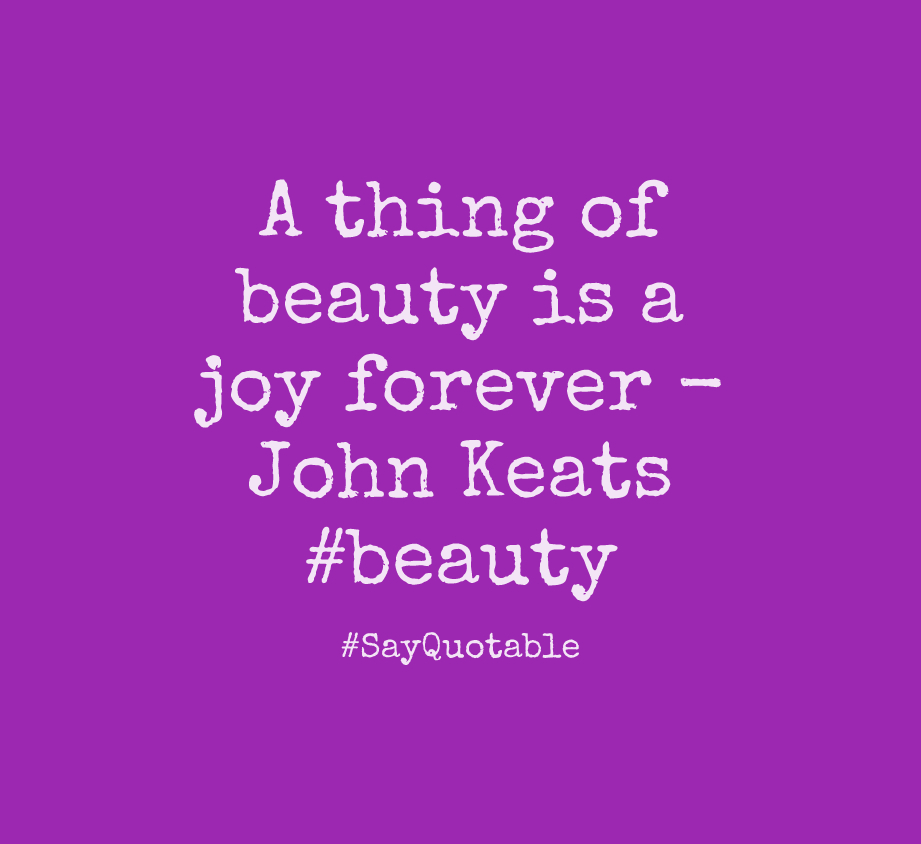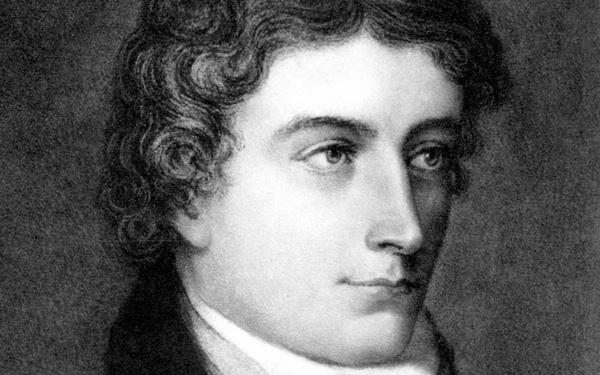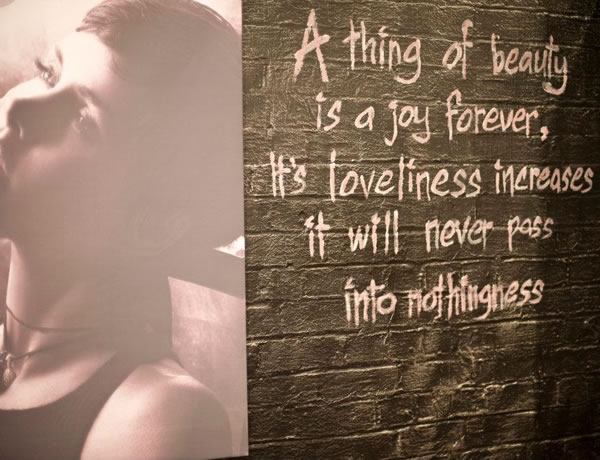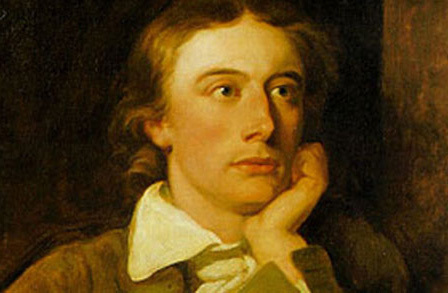James Joyce- Born and educated in Ireland, James Augustine Aloysius Joyce (1882 – 1941) spent his prime years in Europe. One of the most influential writers of 20th century, he was well known for his novels, short stories as well as poetry. Dubliners, his first collection of short stories were published in the year 1914. It was well noted for its deep inner meaning with a realistic touch on the surface. Joyce’s magnum opus Ulysses (1922) gave birth to a new genre in literature known as the “stream of consciousness” or “interior monologue”, which later became a powerful tool for modernist avant-garde writers. He rendered multiple meanings to the words he used in his works, thus creating a complex structure to the language making it hard for the readers to comprehend in one go. The magnificent life eventually came to an end after suffering from perforated ulcer in the stomach.
Setting of Flood-
As the title states, one might go on considering the setting of the poem as a flood-affected area. However, as the verse is the creation of the mastermind of multiple meanings, the reader has to go into deeper waters to understand the true background. The entire episode can be considered as an emotional outburst taking place inside a person who has fallen in love with someone whom he consider himself to be unworthy of. So it can be said that the poem is set in the backdrop of a mind flooded with unstable emotions.
Poetic Devices in Flood-
Repetition: “vine”, “lambent”, “brood”, “uplift”, “sway”, “vast”, “ruthless”
Personification:
Line 6- “Sways and uplifts its weedy mane”
Line 7- “Where brooding day stares down upon the sea”
Metaphor: “sated flood”- An emotional flooding taking place inside the head.
Style-
Gold-brown upon the sated flood (A)
The rock-vine clusters lift and sway: (B)
Vast wings above the lambent waters brood (A)
Of sullen day. (B)
A waste of waters ruthlessly (C)
Sways and uplifts its weedy mane, (D)
Where brooding day stares down upon the sea (C)
In dull disdain. (D)
Uplift and sway, O golden vine, (E)
Thy clustered fruits to love’s full flood, (F)
Lambent and vast and ruthless as is thine (E)
Incertitude. (F)
Joyce is well known for his usage of “interior monologue”, which is mostly about the internal conflicts happening inside a person’s mind. He lavishly adored his poetry with multiple word meanings, which in turn complicated the structural meaning of the poem. The poems never spoke literally about any theme. The multitude of deeper meanings defined his poems. The frequent references of ancient stories rendered in his verses made it distinct.
Summary of Flood-
The visual left behind after a havoc caused by a flood is always vivid in people’s memories; likewise, the “clusters” of love is too morbid. Though it might appear glowing and beautiful from outside, it hides the darker reality in its deeper waters. The shroud of “vast wings” is just a facade. Flood is the ultimate wastage of the elixir of life, like the love beyond measures for someone who is entirely unworthy of it. And when one keeps “brooding” in those unhappy moments in love, life loses its worthiness. All that is left is “dull disdain” towards life as well as love. Yet, after all the sufferings, the lover tries to get past the innate troublesome emotional flood to reach out for the very same treacherous love. It is radiating its slight glimmer in to the vast horizon of the lover’s mind, along-with being “ruthless”. The poem ends with a strong word- “incertitude”, indicating towards the speaker’s state of mind even when he had let out whatever was in his head.
Critical Analysis of Flood-
With a typical rhyme scheme and irregular sentence length, Flood is one of the least analysed poems of Joyce. Taken from a collection of 13 verses, “Poem Penyeach”, it speaks volume about the feeling of flooded emotions. In the three quatrains, the poet takes the liberty to repeat the words unceremoniously. The repetition can be understood as the assertiveness he wants to put forward for the idea he is trying to impart. The words repeated are morose and sardonic in itself. Each stanza ends with a strong word indicating towards the failure of love to meet its long imagined qualifications –“sullen day”, “dull disdain” and “incertitude”, respectively. The emotions are so strong that it takes toll on one’s conscious self and leaves himself in “dull disdain”. Love, like flood is just a waste of water. When given in copious bountiful amount, it loses its golden charm. Like the vineyard from the Italian poet Corazzini’s poem, love loses its sheen amidst the lack of seriousness with which it is rendered. It creates so many complexities in the mind of the lover that he goes into “ruthless” self-denial. The love here is like the Greek myth of Tantalus, Son of Zeus. He is placed amongst the sweetest images of all those he dearly wants and yet he cannot have any of it. It tantalises him beyond repair.
Tone of Flood-
Dejection, denial and assertion are the major tones that can be felt distinctively in the poem Flood. The speaker of the poem is brooding in the sea of dejection, where he goes on comparing his emotional state with that of the chaos caused by a flood. He is self-denial and committed to continue in the path of treacherous love even in “dull disdain.” The voice is powerful and assertive with a tinge of morose dissatisfaction. The poem ends in a state of uncertainty.
Central Idea of Flood-
Like the flood which goes about causing havoc in the lives of the people who uneventfully got caught in its way, the lover is the reason of the emotional chaos that is taking place inside the head of his or her partner. Water, the elixir of life shares a similarity with love. The little, the precious and the more, the disastrous. The emotional imbalance is as much a part of love life as the destruction caused by a full-scale flood.
Conclusion- Joyce speaks about the inner feelings of the mind through multiple usages of references from different works. These indications make the poem even more powerful. When in love it is quite common that a person goes through the thoughts that makes one feel unworthy and then starts brooding in denial. There is a state of uncertainty about the feeling as well as the relation. Nevertheless, it is hard to differentiate one from another.
Some online learning platforms provide certifications, while others are designed to simply grow your skills in your personal and professional life. Including Masterclass and Coursera, here are our recommendations for the best online learning platforms you can sign up for today.
The 7 Best Online Learning Platforms of 2022
- Best Overall: Coursera
- Best for Niche Topics: Udemy
- Best for Creative Fields: Skillshare
- Best for Celebrity Lessons: MasterClass
- Best for STEM: EdX
- Best for Career Building: Udacity
- Best for Data Learning: Pluralsight














